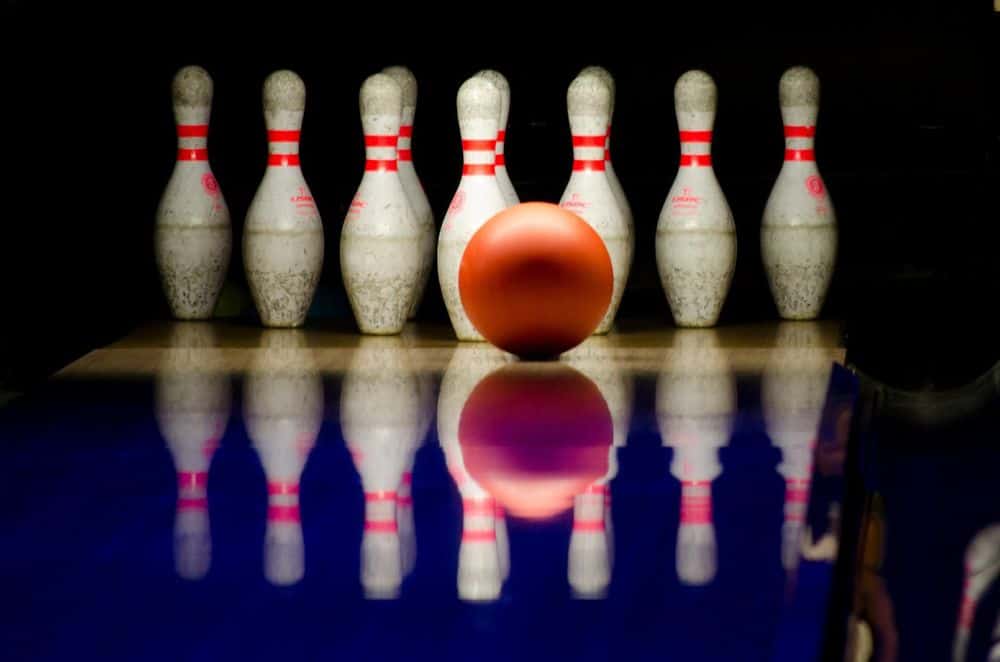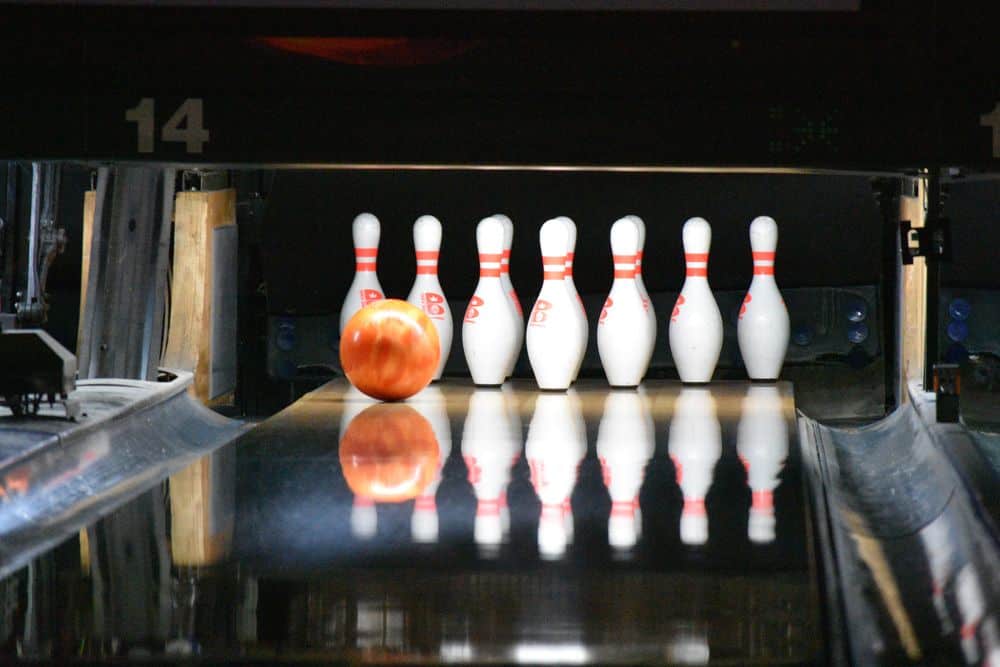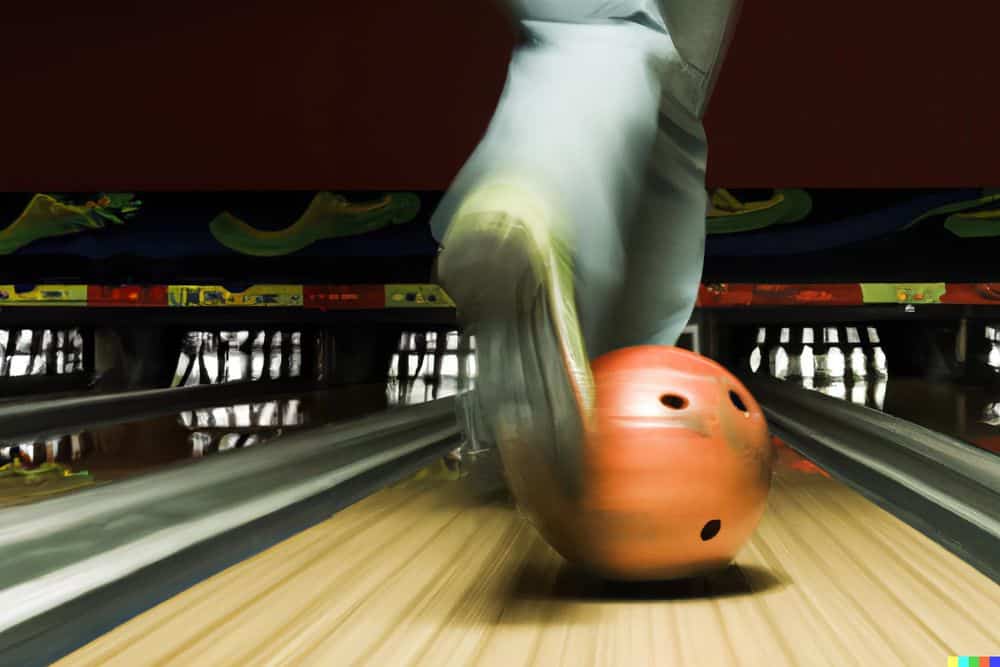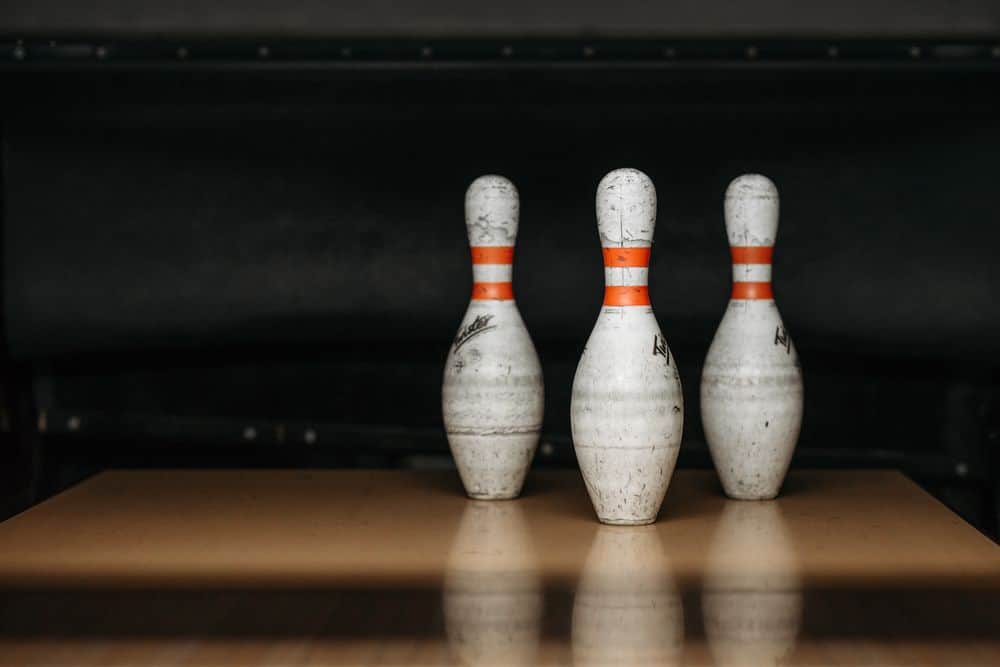Energy is the ability to cause change.
It can neither be created nor destroyed, it is simply transferred.
Most of the time we cannot see this energy until we see the change occurring right in front of us.
There are two main types of energy: potential and kinetic.
Potential energy is energy that is stored. Like what the name suggests, this stored energy has the potential to cause a change.
Kinetic energy, on the other hand, is energy that is in motion.
When an object is moving, then it has kinetic energy.
Let us take a look at ways these concepts can be expressed in an activity that is familiar to us: bowling.
How is the energy transferred when bowling?
Imagine then that you are bowling.
The bowling ball when steady in your hands has potential energy. Once you release the bowling ball down the lane, the energy from the force of your throw converts the potential energy in the bowling ball into kinetic energy.
Once it hits the bowling pins, the kinetic energy that is in the bowling ball is transferred to the pins through the collision which had potential energy of their own.
Once the pins are hit and scattered, they now possess kinetic energy.
What happens to the energy of the bowling ball when it strikes the bowling pins?
A way to explain this is by going back to the concept of potential and kinetic energies.
The interesting relationship between these two is the way each transforms into the other.
Potential energy is converted into kinetic energy and vice versa.
Now imagine the starting point when you are holding the ball, similar to the hypothetical situation above.
In this steady state, the ball has maximum potential energy.
This energy then increasingly transforms to kinetic energy once the ball starts moving down the lane.
Once it hits the pins and the ball starts slowing down, the kinetic energy also starts to convert back to potential energy.
In the end, once the ball halts, it once again possesses the same amount of potential energy it had from the start.
The energy never left the ball.
It just exists in a different state.
Is a bowling ball kinetic?
A bowling ball can possess both potential and kinetic energies.
It just depends on the state that it is currently in.
When it is not moving, the bowling ball has potential energy.
Inversely, when it is in motion, the bowling ball then has kinetic energy.
How does the energy of the bowling ball and bowling pins change with a collision?
Now let’s consider both the bowling ball and bowling pins and how the energy of these objects changes when they collide.
The pins scatter and bounce when struck by the bowling ball, moving some of the kinetic energy from the bowling ball to the pins after the collision.
When kinetic energy is not completely lost upon impact, this is called an elastic collision.
However, as the ball and pins continue to move around and bounce against each other, this eventually leads to the loss of movement altogether.
The complete loss of kinetic energy in this state is then known as an inelastic collision.
When does the bowling ball have maximum potential energy?
Once the bowling ball reaches a complete halt, this is when it has reached its maximum amount of potential energy.
Another example can be that of a bowling ball on a piece of string.
When it is swung, the potential energy of the ball has reached its maximum potential when it is at its highest point on the curve.
Inversely, the ball will have reached its maximum kinetic energy at the lowest point of the curve in the middle and once again reaches its maximum potential energy when it continues to swing to the highest point on the opposite side of the curve.
How can the potential energy of a bowling ball be increased?
There are many ways one can increase the potential energy of the bowling ball.
By elevating the ball, for example, one also increases its potential energy.
Going back to our definition of potential energy, it is the potential to cause change.
If you can imagine, two bowling balls on different tables, one higher than the other.
Should they fall off of the table, the ball on the table that is higher can cause more change than the other on the table that is lower.
Hence, the bowling ball on the higher table has more potential energy than the one on the lower table.
Conclusion
In conclusion, energy is a never-ending cycle.
Whatever maximum amount of potential energy an object possesses, the same maximum amount of kinetic energy may be released and it goes on and on and on.
There are different ways that these can be seen in our environment and the example of bowling balls and bowling pins are a great way to ground these kinds of concepts to what is familiar to us.









